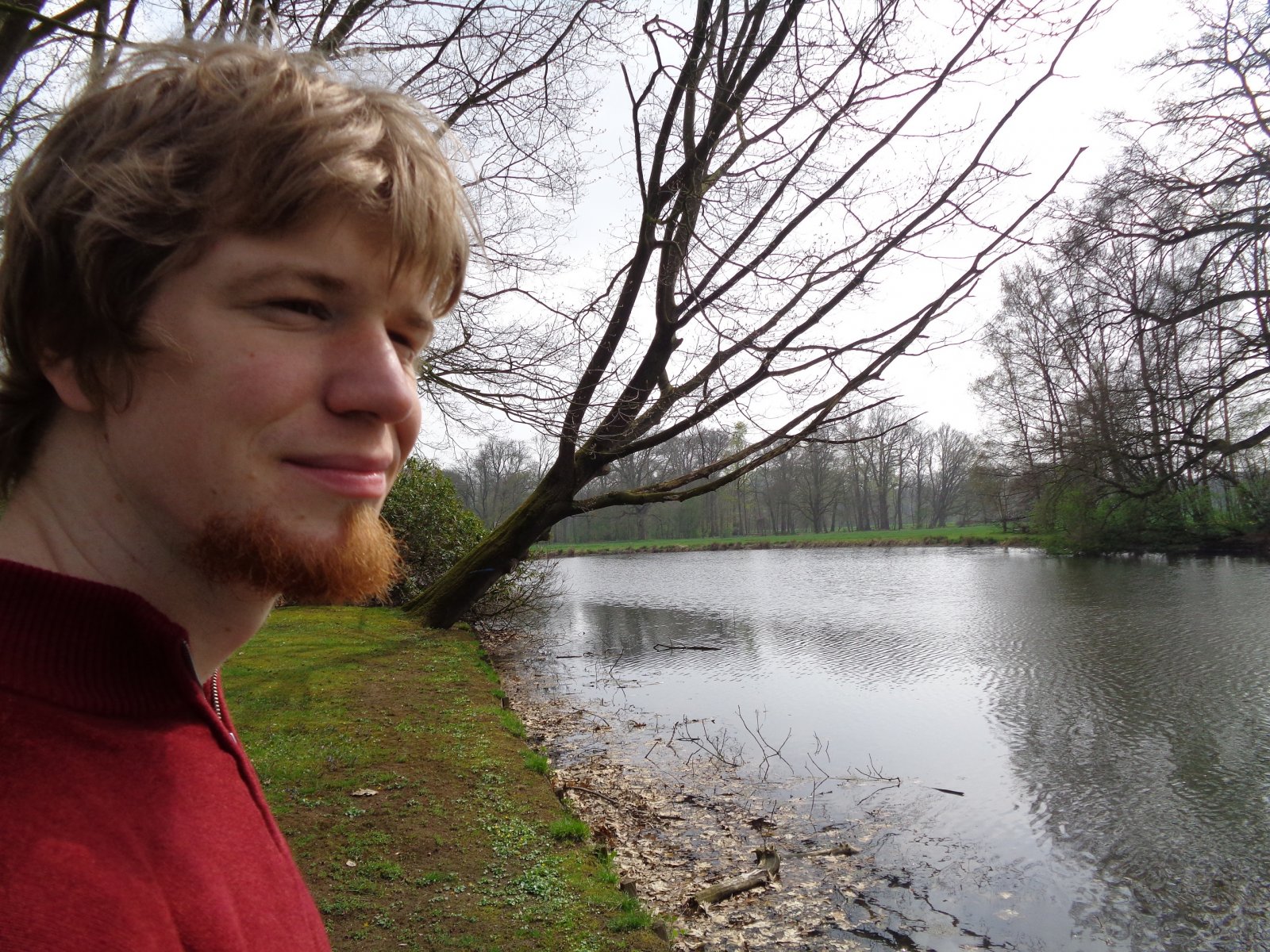Bike locks, electric wire and Escher
2020 Vidi laureates on their research plans
The 33-year old mathematician Lennart Meier works on algebraic topology: using quantitative tools - calculations - to understand the qualitative characteristics of a space. Last November, Meier received a Vidi grant of 800,000 euros to set up their own lines of research.
Inside or outside
The qualitative characteristics of a space could perhaps be best understood through a home-and-garden example that Meier uses often. “Say you want to lock your bicycle with a chain lock. There are several different places you could put it through the spokes of the wheel, but whichever one you choose, the bike is still locked. Only the qualitative characteristics of the position - inside or outside the wheel - are important.”

After studying Mathematics at the universities of Bielefeld and Bonn, the German Meier earned his PhD in Topology in Bonn - ‘a centre of mathematics’. He then went on to do postdocs at the University of Virginia, Charlottesville and then back in Bonn. In 2018, Meier became a researcher at Utrecht University, and in the two years since he has learned to speak Dutch astonishingly well.
He gives another example, this time from Physics. Explaining it via Teams proved in this case to be more useful than by telephone, because of the possibility to use certain hand gestures. Meier: “If you want to generate electricity from a spool of metal wire, then you need to move a magnet through it. It doesn’t matter where you put the magnet, exactly, as long as it’s inside the spool. You can put the magnet through the exact middle, or closer to the wire. But it won’t work if the magnet is neben the spool.”
There are several places you could put a chain lock through the spokes of the wheel, but whichever one you choose, the bike is still locked.
“A mathematician wants to be able to make calculations”
The previous descriptions clarify the qualitative aspect of his work. “But,” says Meier, “Sooner or later a mathematician will want to make some calculations.” And that’s where the quantitative tools come in. “A mathematician understands a three-dimensional space as somewhere you need three coordinates to determine the location of a point. That number can increase quickly if you want to determine multiple points: you need six coordinates if you want to find two particles, for example, and for 100 points you need 300 coordinates.”
In his topology work, Meier uses so-called ‘modular forms’, which can often be infinitely repeated in themselves. “Think of Escher’s Circle Limit III, where lines of fish are multiplied into infinity. In the past, algebraic topologists usually worked with numbers, but since the 1980s they’ve also used those modular forms. The idea for doing that was originally based on string theory. The experience of the past few decades has shown that modular forms are suitable for describing topological structures.”
Modular forms are suitable for describing topological structures.
New concepts for symmetrical spaces
From there, it’s only one step to Meier’s specific field of research: “The current concepts for modular forms don’t allow us to describe symmetrical spaces, for example spaces that look the same when you rotate them on their axis. The form of a crystal and the exchange of electrons are also symmetries. In my research, I’m looking for new concepts for that. Just a few weeks before the award of my Vidi grant, I heard that I’d received a permanent position here in Utrecht. Now I can use the Vidi to hire a new PhD candidate and a postdoc, and I can form my own research group.”

